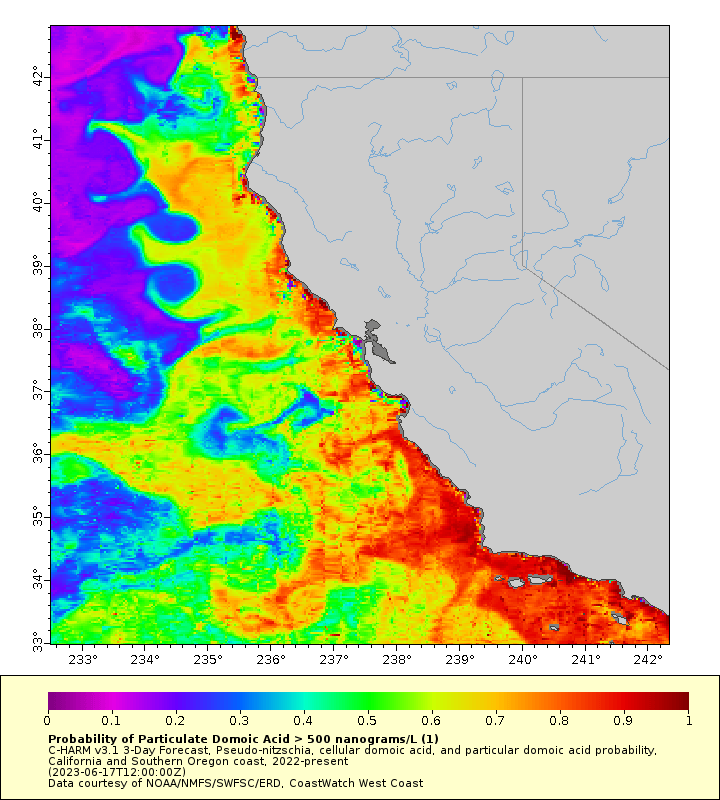
In the wake of record-breaking wildfires and coastal runoff events, an environmental crisis is unfolding beneath the surface of Southern California’s ocean waters. A massive bloom of toxic algae—one of the earliest and most intense in recent memory—is killing hundreds of sea lions, dolphins, and even whales, washing tragedy ashore from Long Beach to San Diego.
And the suspected chain of events begins not in the ocean—but on land.
From Wildfire to Water: A Toxic Cascade
Over the past year, Southern California has endured a series of wildfires, many of which were aggressively fought using fire retardants and massive water dumps from aircraft and ground crews. While these tactics help save human lives and property, the environmental cost is becoming increasingly clear.
According to Science News, researchers believe that firefighting chemicals and ash runoff—combined with heavy winter rains—likely fed an explosion of harmful algae off the coast. These chemicals and nutrients (especially nitrogen and phosphorus) act as fertilizers once they reach the ocean, creating ideal conditions for Pseudo-nitzschia, a toxic algae known for producing domoic acid, a potent neurotoxin.
☠️ Domoic Acid: A Silent Killer
Domoic acid accumulates in the food chain—first in plankton, then in shellfish and small fish like anchovies and sardines. When larger marine mammals consume these contaminated fish, the results can be fatal.
Since May 2024, NOAA has documented hundreds of sick or dying sea lions and dolphins. Two whales that stranded and died in Long Beach and Huntington Beach were confirmed by necropsy to have high levels of domoic acid, implicating the bloom as the cause of death.
Symptoms in marine mammals include:
- Disorientation and erratic swimming
- Seizures and muscle tremors
- Organ failure and death
Rescue centers across Southern California have been overwhelmed, treating dozens of affected animals daily—with many unable to be saved.
Why This Bloom Is Different
While toxic algae blooms are not new to the West Coast, this one is earlier, larger, and deadlier than usual. NOAA scientists say it’s “unusual for this time of year,” raising concerns that climate change, nutrient pollution, and land-based chemical runoff may be converging into a new, dangerous normal.
The combination of wildfire ash, fire retardant chemicals, and urban runoff created a perfect storm: feeding algae in warm, shallow coastal waters and triggering a bloom months ahead of schedule.
What This Means for Ocean Health
This event is a sobering reminder of the delicate interconnectedness between land and sea. What we put into our soils, skies, and rivers eventually finds its way to the ocean—often with unintended, devastating consequences.
The impacts aren’t just ecological—they’re systemic. Toxic blooms affect:
- Fisheries and seafood safety
- Tourism and recreation
- Public health and coastal economies
And, most tragically, the lives of intelligent, sentient marine animals, many of whom suffer painful and preventable deaths.
🛡️ What Can Be Done?
To prevent future tragedies like this one, we must:
- Reevaluate the environmental impact of firefighting chemicals and improve containment methods.
- Improve runoff infrastructure to reduce nutrient loads reaching the ocean.
- Advance early detection and response systems for harmful algal blooms.
- Support rehabilitation centers that care for affected marine mammals.
- Reduce fossil fuel emissions and warming that contribute to the increasing frequency and severity of these blooms.
At the Oceanic Preservation Society, we believe in telling the full story—from forests to fish, fire to fin whale. Our oceans don’t exist in isolation—they are intimately tied to every decision we make on land.